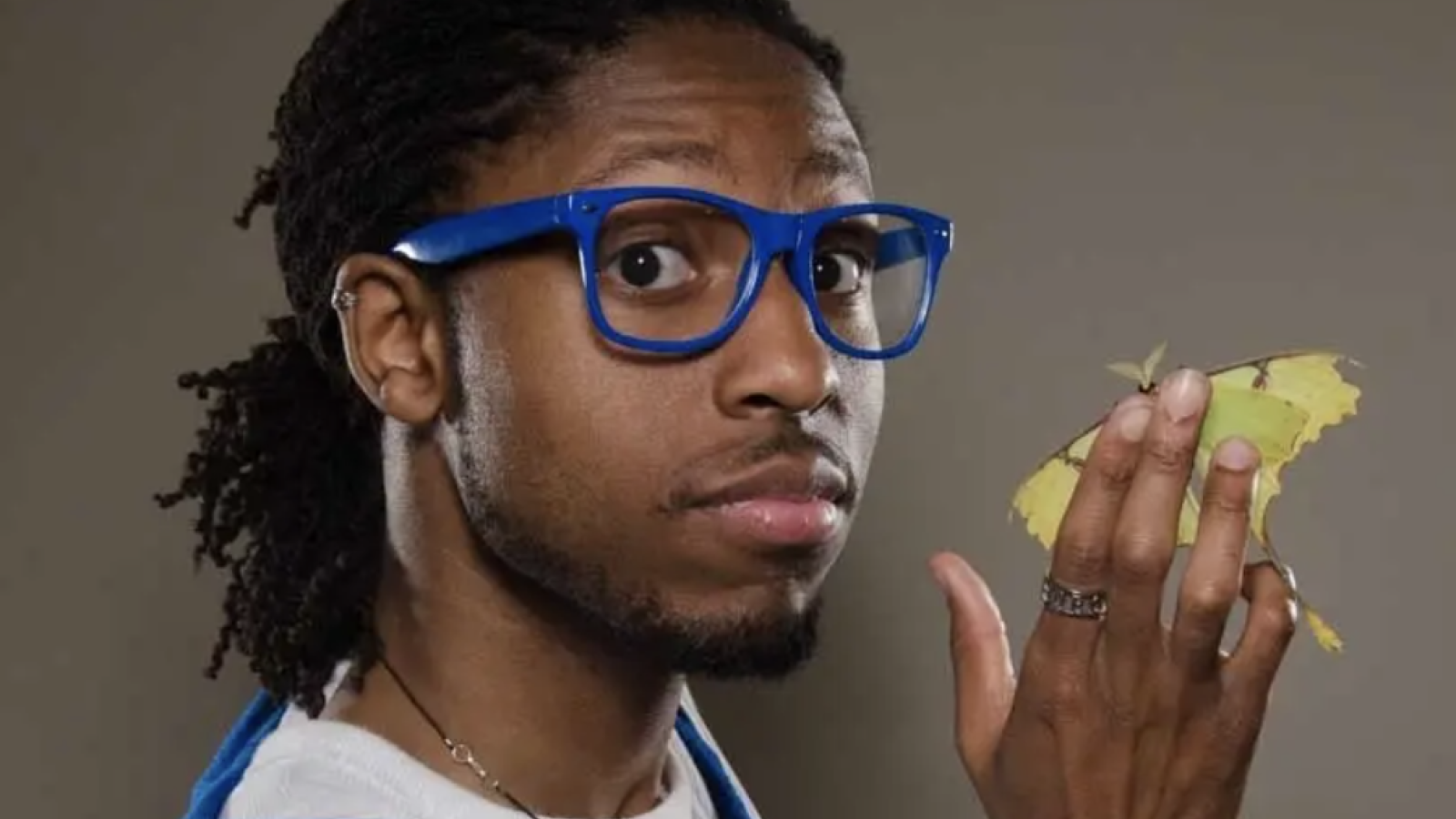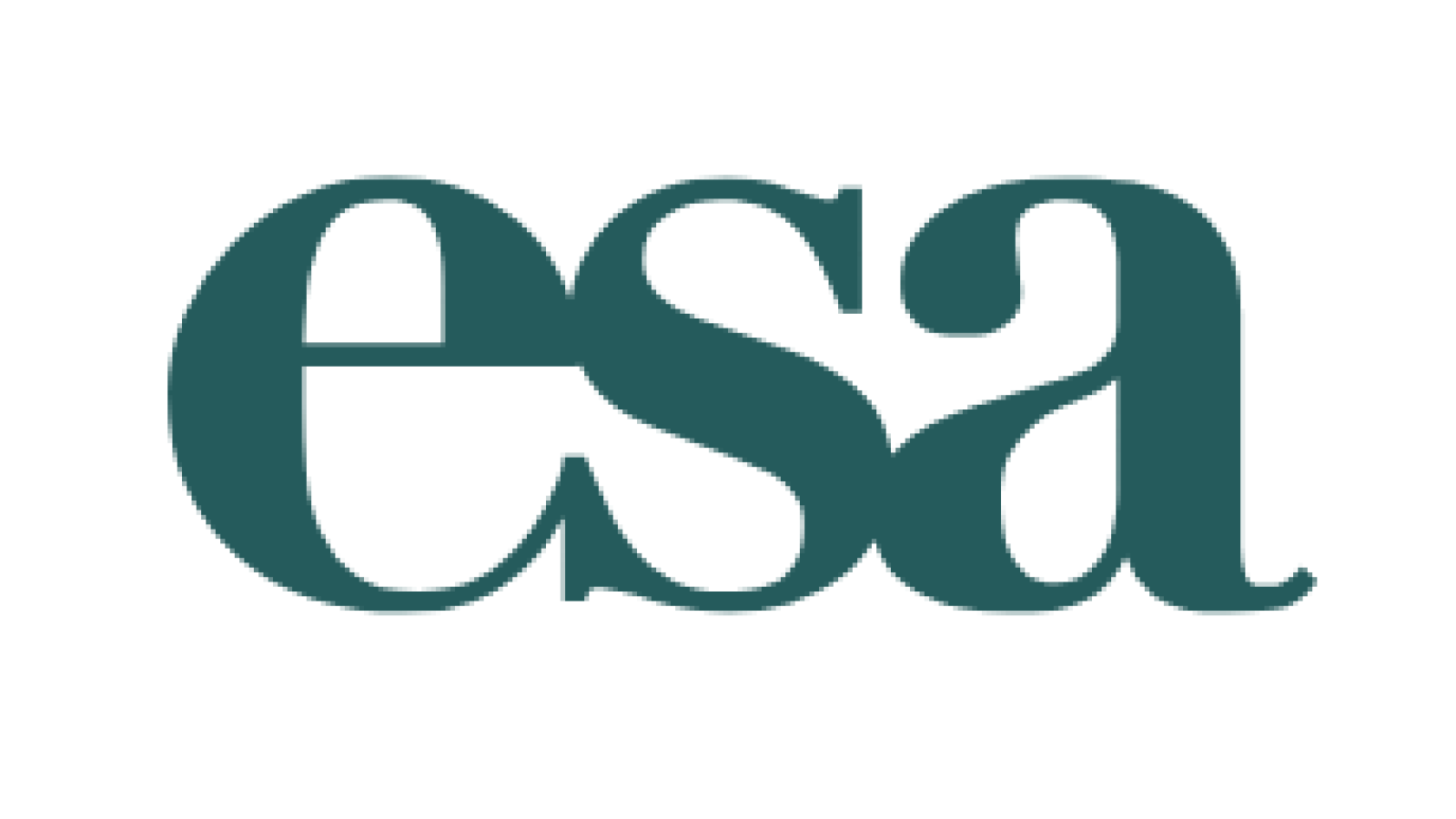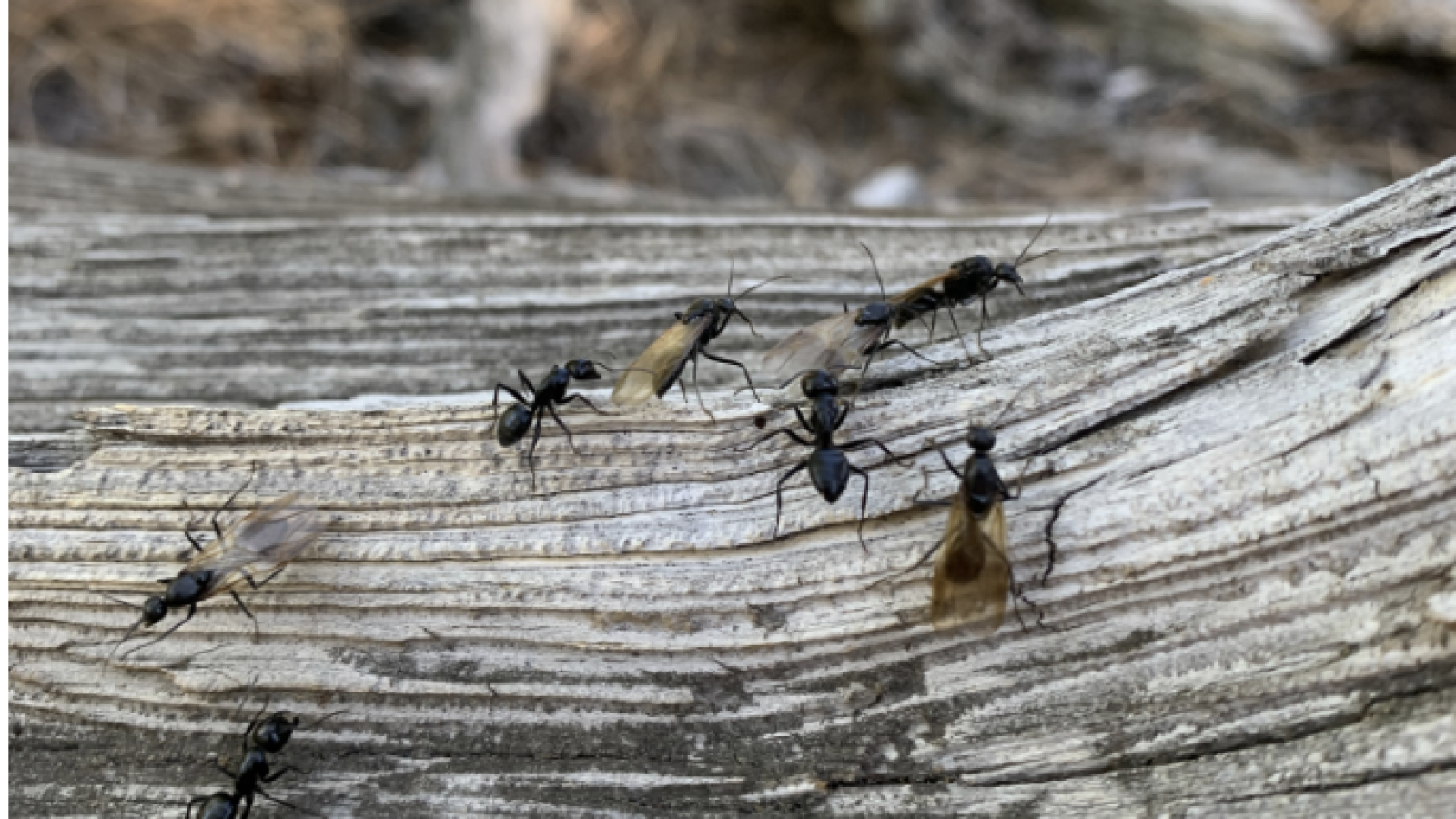Through a survey and 'living document,' a trailblazing STEM lab group hopes to make all members feel that they belong and are valued
It’s said that a diversity of voices promotes a diversity of solutions, but retaining those diverse voices remains a challenge for science, technology, engineering and mathematics (STEM) fields. A new project at the University of Colorado Boulder, though, hopes to target that need at the most accessible level: the lab group.
This project, out this past week in a new article in the journal Trends in Ecology and Evolution, is a two-step iterative process that seeks to figure out if members of a lab or other small group feel that they belong or are valued through a scientifically sound survey—and then provides guidance about how to improve.
The researchers hope this tool, created in collaboration with the Office of Institutional Equity and Compliance (OIEC) at CU Boulder as part of continuing efforts to understand the campus culture, will be something that any lab or small unit uses to understand their culture and see how to help everyone feel they belong and are valued.
"We are increasingly reckoning with the lack of diversity in science and recognizing that it is not enough to address diversity through hiring and recruitment. We need to take a hard look at the experiences of minoritized individuals once they are in an academic setting—and, too often, these experiences are lonely and difficult," said Molly Mcdermott, a PhD candidate in ecology and evolutionary biology (EBIO) and one of the paper’s authors.
"I see it (this project) as a way to address the gap of 'what comes after' when academic groups are diversifying. It is not enough to just get people in the door; everyone needs to feel like they belong in order to stay in the room and keep trying to open the next door."
In STEM, those of different gender, racial and ethnic backgrounds remain underrepresented compared to other industries, according to the Pew Research Institute. For Rebecca Safran, an EBIO professor who has had her own struggles as a woman in STEM, this wasn’t just an issue of recruiting more students from underrepresented backgrounds—it was also about making sure that everyone in the lab community felt valued and had a sense of belonging.
So Safran and her lab asked: What could they do in their sphere of influence to address this issue?
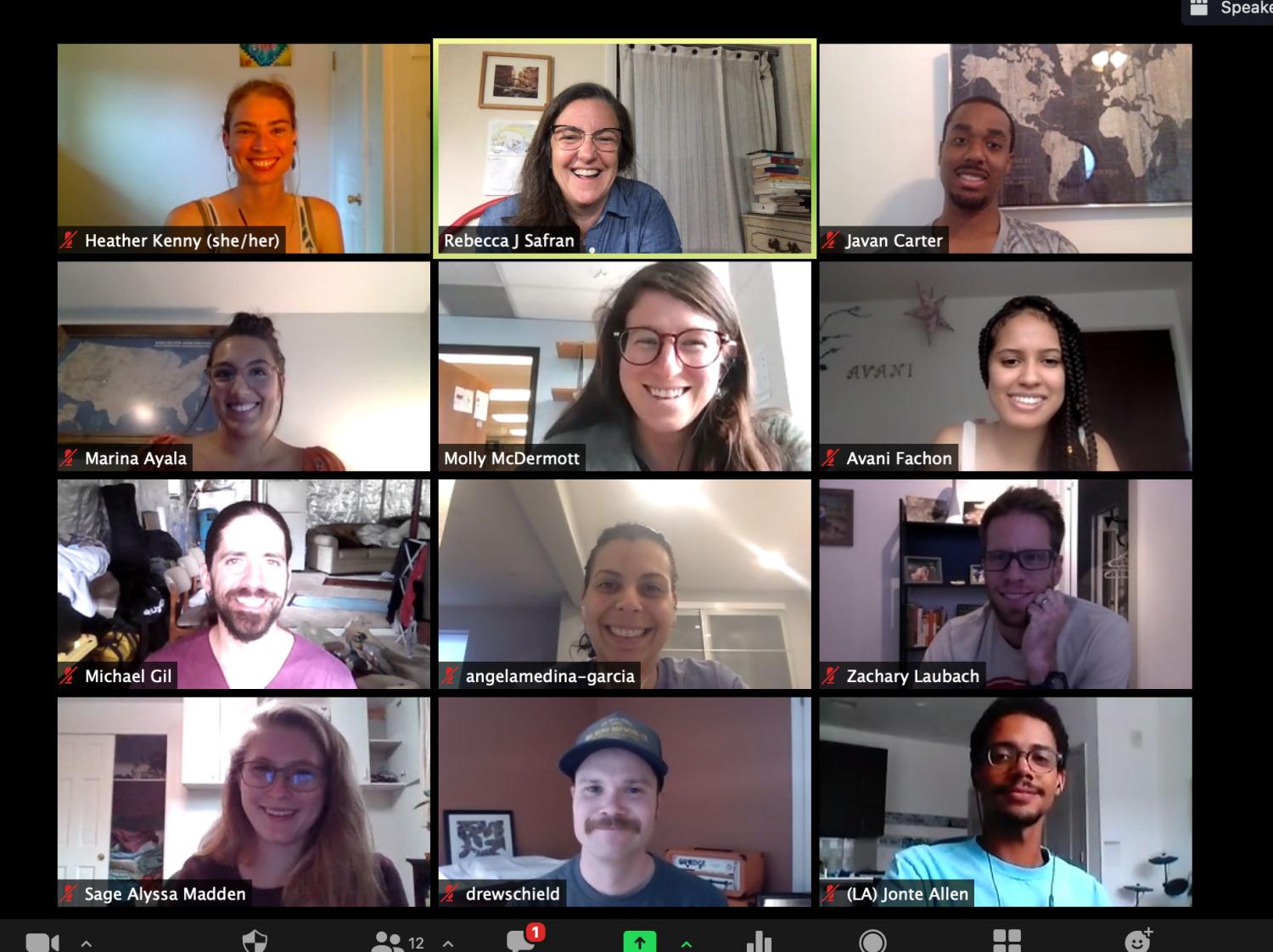
The retention of diverse voices in STEM is a huge problem, but Safran's lab (above) has created a two-step iterative process to try and make those voices heard and valued.
"We are truly trying to revise the way that we work as a scientific entity, as the prevailing, hierarchical model is not working and has to change," said Safran.
"We're trying to change the whole culture here (in the lab) so that everyone is encouraged to contribute in areas where they shine most brightly and feel valued because of their different skills and talents while also feeling supported managing the various balancing acts we all experience in our lives."
About this time, Safran met Julie Volckens, who is OIEC director of assessment. They hit it off right away and began chatting about doing a small survey in Safran’s lab to assess the cultural climate.
Volckens agreed to talk to the group, discussing what would—and wouldn’t—be feasible with this survey. Altogether, they then created a survey and iterative process that they hoped would accomplish their goals.
"This was the most directly collaborative project I’ve worked on, with everyone getting ideas in at every stage and a very 'all-hands-on-deck' mentality throughout the process. This was especially gratifying, given the subject of the paper," said Drew Schield, a postdoc in Safran’s lab and one of the paper’s co-authors.
The group ended up creating a survey that, in many ways, is an extension of the Campus Culture Survey, which Volckens and her team also created, using many of the same rigorously tested questions but more targeted for the smaller lab group context.
We are truly trying to revise the way that we work as a scientific entity, as the prevailing, hierarchical model is not working and has to change."
The Campus Culture Survey, which will be distributed to all faculty, staff and students the week of Oct. 18, came out of the Inclusion, Diversity and Excellence in Academics (IDEA) Plan. According to the OIEC website, the survey’s goal is to, “gather anonymous feedback from students, faculty and staff related to their sense of belonging, experiences of incivility, classroom and workplace culture, and protected-class harassment (including sexual harassment), and discrimination”—all of which help predict whether people will stay or leave.
“When people are treated like they belong, they fit in, they’re valued, those are the components of feeling like this is my place, my people, my passion,” said Volckens.
These factors also mirrored the goals of Safran’s lab, where they wondered if those in the lab felt like they belonged, mattered or were respected.
“We all decided that a lab group is a great target for rapid cultural change, and Julie helped us sort out what response variables would help us meet our goals of having everyone feel valued. It was exciting to realize that we really can study and attend to the climate in our lab in ways that we know that have been demonstrated through social science research that actually mean something important,” said Safran.
In addition to the survey, the group also advises other groups in the article to work to change the behaviors or community norms flagged as points of concern with the survey in whatever way works best for them. For Safran’s group, they did this by creating a “living document” in which lab members can anonymously contribute thoughts. Time is then set aside each term to discuss the lab’s community values and goals.
“The idea is that everyone can help co-create our lab climate and that we can iteratively check in to see whether how we are doing is commensurate with our goals. If not, we can discuss soft spots and experiment with different interventions,” Safran explained.
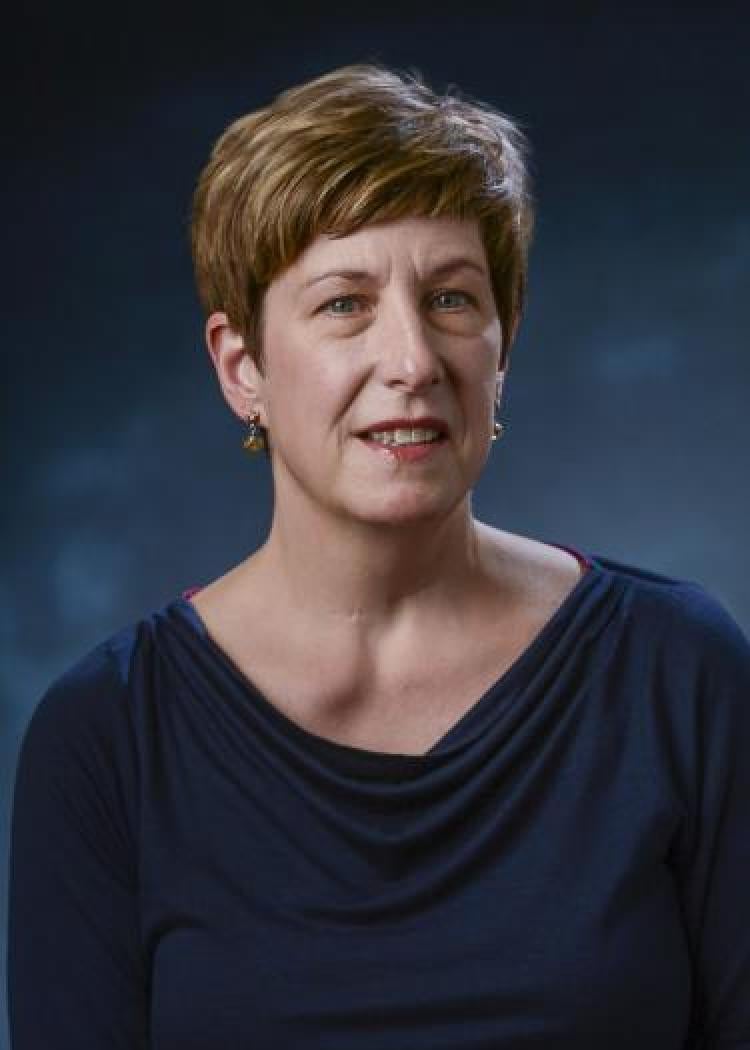
Which, Volckens says, is exactly how it’s supposed to work.
“Groups take the survey to get a sense of where they are, where they’re growing, where they may have new concerns. It’s a little bit of going in and having your blood pressure checked,” said Volckens. “These two things go together. This survey is a snapshot, and then that living document is what you’re going to do about it.”
For Safran’s lab, that living document proved crucial for everyone.
“This document helped me understand what I could expect from Dr. Safran, the PI, and what, in turn, was expected from me as a student. Reading the document made clear that the Safran lab values a lab culture which is respectful and supportive, and contributing to the document made me feel like a valued member of the lab,” said Sage Madden (EBIO’21) who was a part of the lab as an undergraduate and is now a PhD student at the University of California Davis.
Together, the researchers argue, the two tools are something that any small group can use—and they hope they do.
“My hope is that many small groups will use this framework to improve sense of belonging and community connection, and that through many iterations, these small units will aggregate to form a larger system of support, resilience and innovation,” said Avani Fachon, an EBIO undergraduate student and a co-author.
And Heather Kenny, a second-year graduate student and a co-author on the paper, agrees:
“I suspect many people have recently been feeling motivated to take action to improve the diversity and equity of our society as well as our smaller social circles. The societal problem feels too immense to really be tackled by a single individual, but assessing belonging and sense of value in a small lab group is a space where a single individual can create change,” Kenny said, adding:
“Hopefully if enough people change the attitudes in their small circles, the larger society will begin making progress in the right direction.”
Before labs or other groups use this survey, though, the researchers advise them to work collaboratively to reach consensus about confidentiality, open-mindedness and making sure everyone has an equal opportunity to have their voice heard.
“I think the beauty of what we propose lies in the intuition it follows. We so often refer to academic lab-based research groups as ‘families,’ yet it is relatively rare that we put deliberate time and effort into fostering the connections among our members in a transparent, inclusive way,” said Mike Gil, a University of Colorado chancellor's fellow who’s currently a postdoc in Safran’s lab but will join the EBIO faculty next fall.
“I think we show here that the family analogy can be powerful when acted upon, and the that the buy-in is relatively inexpensive relative to the potential payoff.”


